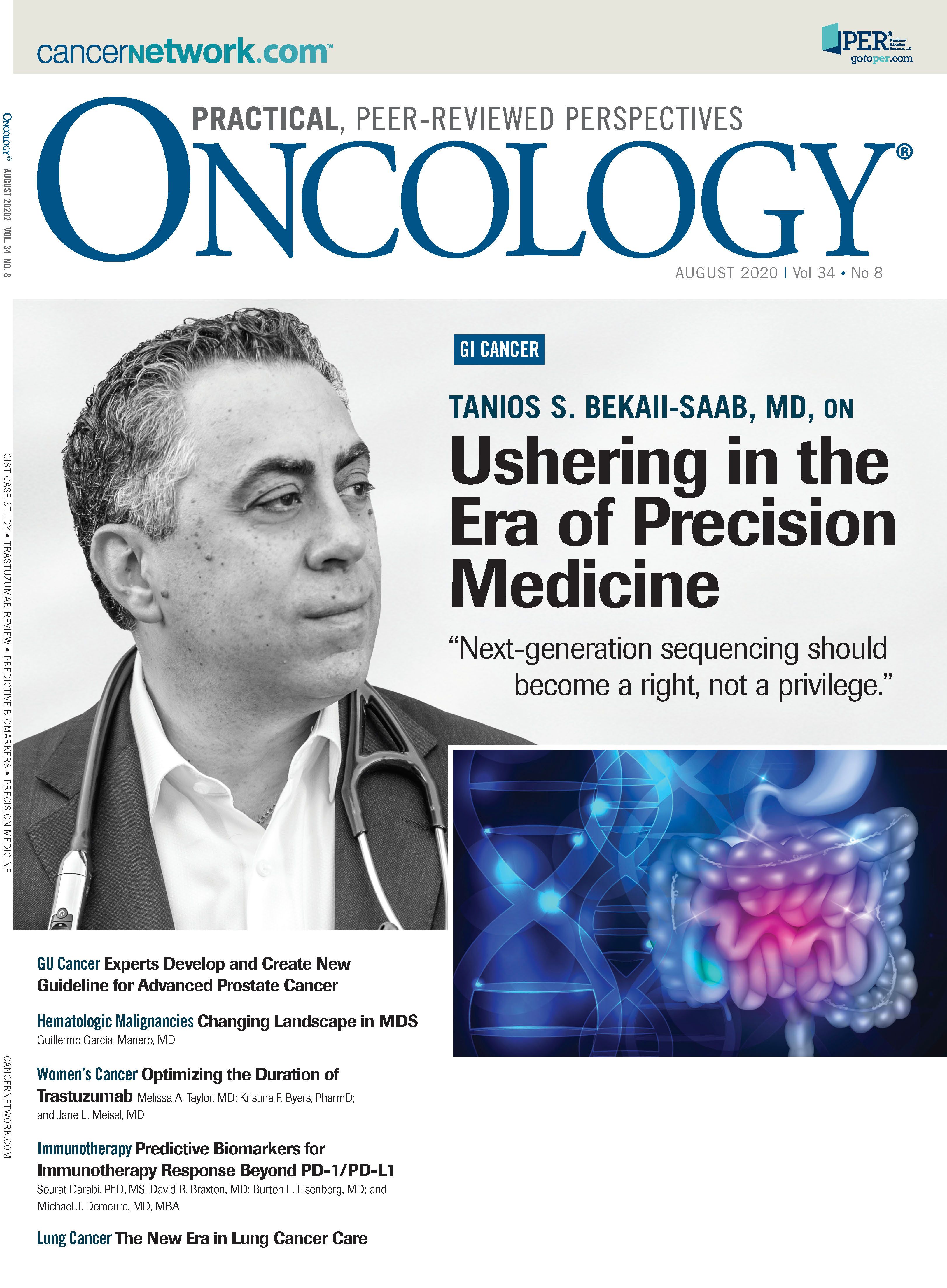Fertility in the Setting of GISTs
Delaney is a double board certifed obstetrician/gynecologist and reproductive endocrinologist. She is currently in private practice at Omaha Reproductive Health Specialists, affliated with Women’s Methodist Hospital.

Approximately 1.7 million people are diagnosed with cancer yearly in the United States and of those, almost 25% are aged less than 45 years.1 Most data estimate that annually, 54,000 Americans treated for cancer will be at risk for infertility.2 While much of this is iatrogenic, in that many chemotherapeutic drugs and radiation treatments are gonadotoxic, sometimes infertility results simply as a delay in the ability to pursue childbearing, secondary to cancer treatment. This is particularly true with regard to female patients, as a woman’s reproductive lifespan is finite and begins to decline exponentially beyond age 37. When cancer patients and their family members are surveyed post treatment, they consistently express regret both at not being presented with fertility preservation options and at the general lack of counseling with respect to how their treatment would affect future childbearing.
The authors in this publication describe the case of a young woman diagnosed with a gastrointestinal stromal tumor (GIST) at age 33. As the treatment of GISTs has improved, particularly with advent of imatinib, focus on quality of life after cancer has become paramount. In young women like this patient, so-called quality of life after cancer often includes family planning and childbearing. While this woman was young at diagnosis, adjuvant therapy with imatinib may be maintained for 3 to 5 years, and so she will be of advanced maternal age (36 to 38 years) by the time she has completed her treatment. Simply by delaying her childbearing, she will compromise her fertility due to age-related diminishing ovarian reserve. Many patients desire fertility preservation with either oocyte or embryo cryopreservation, knowing that without such a procedure, this delay could render them unable to complete their family plan.
Literature regarding imatinib treatment and future fertility is scarce. Most data regarding imatinib and fertility involve the scenario of unplanned pregnancy during active treatment.3 Although the majority of data indicate that pregnancy clearly is possible while taking imatinib or after treatment, long-term studies of reproductive capacity are limited. A single case report describes diminished ovarian response at time of oocyte retrieval in an adolescent fertility preservation case. Egg quality and ovarian response was dramatically improved after 2 months off the medication.4 More studies and long-term data are necessary so patients can be adequately counseled regarding future fertility after treatment.
The future for young cancer patients desiring fertility after treatment remains bright. Continued improvements in assisted reproductive technology have allowed thousands of patients to achieve their childbearing potential after cancer treatments. With improved dialogue, teamwork, and education, we can continue to provide patients with the best quality of life after cancer.
References
1. National Cancer Institute, Surveillance, Epidemiology, and End Results Program. U.S. population data: 1969-2018. December 2019. Accessed June 8, 2020. https://www.seer.cancer.gov/popdata
2. Woodruff TK. Oncofertility: a grand collaboration between reproductive medicine and oncology. Reproduction. 2015;150(3):S1-S10. doi:10.1530/REP-15-0163
3. Pye SM, Cortes J, Ault P, et al. The effects of imatinib on pregnancy outcome. Blood. 2008;111(12):5505-5508. doi:10.1182/blood-2007-10-114900
4. Zamah AM, Mauro MJ, Druker BJ, et al. Will imatinib compromise reproductive capacity? Oncologist. 2011;16(10):1422-1427. doi:10.1634/theoncologist.2011-0137

Newsletter
Stay up to date on recent advances in the multidisciplinary approach to cancer.